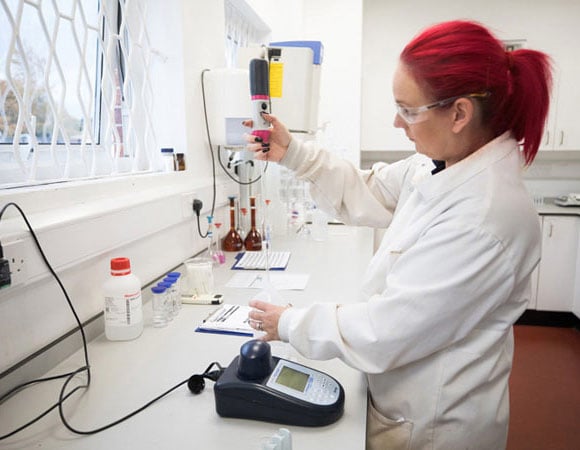Halma plc (LON:HLMA), the global group of life-saving technology companies focused on growing a safer, cleaner and healthier future, has announced its full year results for the 12 months to 31 March 2020.
Highlights
| Change | 2020 | 2019 | |
| Continuing Operations | |||
| Revenue | +11% | £1,338.4m | £1,210.9m |
| Adjusted Profit before Taxation1 | +9% | £267.0m | £245.7m |
| Adjusted Earnings per Share2, 3 | +9% | 57.39p | 52.74p |
| Statutory Profit before Taxation | +8% | £224.1m | £206.7m |
| Statutory Earnings per Share | +9% | 48.66p | 44.78p |
| Total Dividend per Share4 | +5% | 16.50p | 15.71p |
| Return on Sales5 | 19.9% | 20.3% | |
| Return on Total Invested Capital3 | 15.3% | 16.1% | |
| Net Debt6 | £375.3m | £232.0m |
· Record revenue and profit for the 17th consecutive year.
· Good growth with revenue up 11%, Adjusted1 profit before tax up 9% and statutory profit before tax up 8%.
· Solid organic constant currency revenue growth3 of 5%; organic constant currency3 Adjusted1 profit before tax growth of 2%, or 4% excluding £5.0m of COVID-19-related customer bad debt provisions.
· Widespread growth: All sectors delivered revenue growth and three out of four sectors grew Adjusted1 operating profit. Revenue grew in all major regions on a reported and organic constant currency basis3.
· Strong contribution from acquisitions, adding 5% to revenue and Adjusted1 profit before tax growth; ten acquisitions completed and healthy acquisition pipeline.
· Continued increased investment while maintaining high Return on Sales5 and ROTIC3. R&D expenditure up 14%, representing 5.4% of revenue.
· Strong cash generation, with cash conversion of 97%, and robust balance sheet and liquidity position with gearing (net debt to EBITDA) at the year-end of 1.1 times.
· Total dividend for the year7 up 5%, the 41st consecutive year of dividend per share increases of 5% or more.
· Resilient Q1 FY2021 trading: revenue 4% lower than in Q1 FY2020 reflecting the ‘non-discretionary’ demand for many Halma products; good cash generation; order intake ahead of revenue and the same period last year.
· Timing and profile of recovery remains uncertain; currently expect Adjusted1 profit before tax for FY2021 to be 5%-10% below FY2020, and more weighted to the second half than in previous years.
Notes
1 Adjusted to remove the amortisation of acquired intangible assets, acquisition items, significant restructuring costs, profit or loss on disposal of operations and in the prior year the effect of equalising pension benefits for men and women in the defined benefit pension plans, totaling £42.9m (2019: £39.0m). See note 1 to the Results for details
2 Adjusted to remove the amortisation of acquired intangible assets, acquisition items, significant restructuring costs, profit or loss on disposal of operations, in the prior year the effect of equalising pension benefits for men and women in the defined benefit pension plans and the associated taxation thereon. See note 2 to the Results for details.
3 Adjusted1 Profit before Taxation, Adjusted1 Earnings per Share, organic growth rates, Return on Sales5 and Return on Total Invested Capital (ROTIC) are alternative performance measures used by management. See notes 1, 2 and 3 to the Results for details.
4 Total dividend paid and proposed per share.
5 Return on Sales is defined as Adjusted1 Profit before Taxation from continuing operations expressed as a percentage of revenue from continuing operations.
6 Includes IFRS 16 lease liabilities of £61.5m (2019: £50.3m).
7 Comprising interim dividend of 6.54p and proposed final dividend of 9.96p.
Andrew Williams, Group Chief Executive of Halma, commented:
“Halma delivered a record financial performance in the past year, and trading in the first quarter has been resilient despite the effects of the COVID-19 pandemic. This reflects our clear purpose and focused strategy, our flexible and agile organisation, and the resilient, long-term growth drivers in our chosen markets. We expect these strengths, combined with the quality of our people and our increasing investment in innovation and technology, to enable us to continue to create value for all of our key stakeholders in the years ahead.”







































